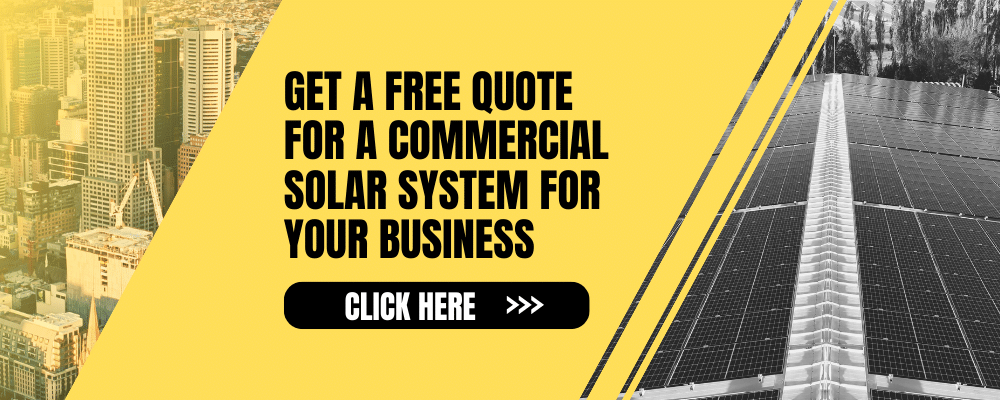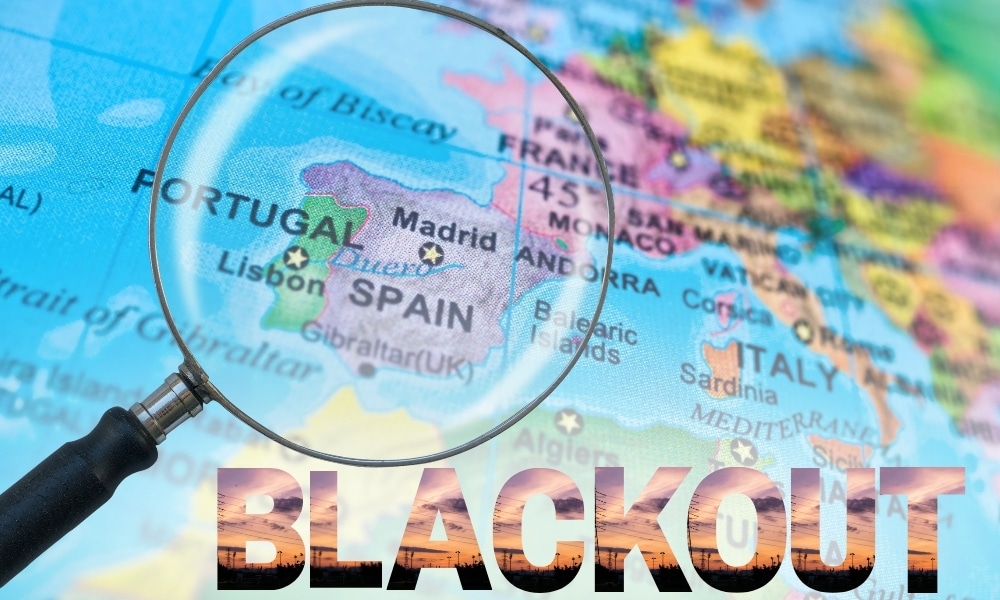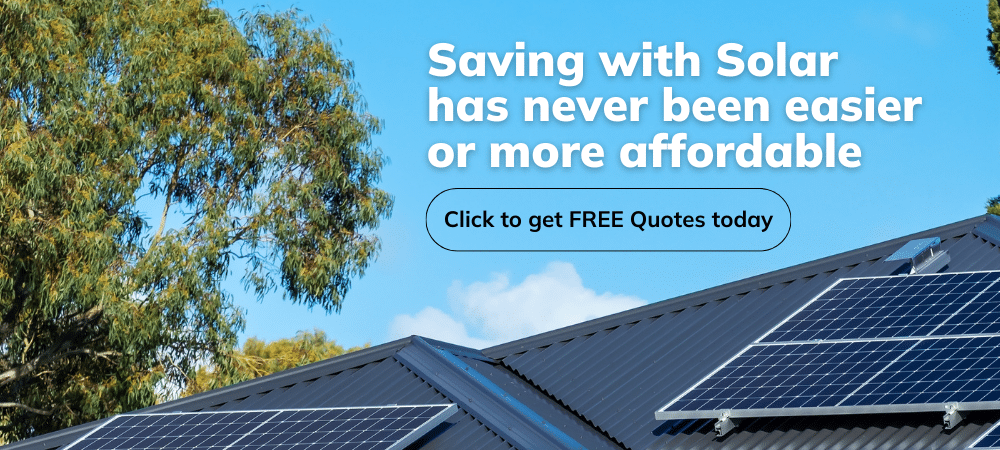The recent April 2025 blackouts that plunged Spain and Portugal into darkness are a stark reminder of the critical importance of robust electricity infrastructure, particularly as nations accelerate their transition to renewable energy. These incidents, attributed primarily to overstressed transmission grids, highlight the global challenge of integrating high levels of variable renewable energy grid stability.
Understanding these European experiences is crucial to safeguarding Australia’s energy future, as the nation rapidly embraces solar and wind.
The Iberian blackout: What happened during the April 2025 blackouts?
The incident underscores that the challenge isn’t merely about generating enough renewable energy but the grid’s ability to seamlessly manage and transport this power.
A complex web of factors: A chain reaction of grid failure
The April 2025 blackout was not a simple flick of a switch but a cascade of events. While initial investigations pointed towards a rare atmospheric phenomenon causing anomalous oscillations in high-voltage lines, the underlying issue was an overstressed transmission grid struggling to cope with dynamic energy flows. Reports indicated a sudden 15-gigawatt power loss in Spain, approximately 60% of its demand, rapidly rippling through the interconnected European network.
Key areas affected
- Several solar and wind plants automatically shut down to prevent equipment damage.
- A massive blackout swept the Iberian Peninsula, affecting Madrid, Seville, Barcelona, and Lisbon.
- Rail services, hospitals, and emergency systems relied heavily on backup generators.


Root causes: Why did the grid fail?
1. Overloaded transmission infrastructure
The core issue stemmed from outdated transmission lines that couldn’t handle the load from increasing renewable inputs, especially during peak hours.
- Spain and Portugal have rapidly increased wind and solar production.
- However, their national grid hasn’t expanded proportionately to distribute excess energy effectively.
2. Lack of real-time grid management
Without adequate real-time monitoring and response systems, grid operators failed to manage the fluctuating loads caused by renewable surges and consumer demand spikes.
- Variable energy inputs from wind and solar power necessitate dynamic balancing.
- The grid lacked automated demand response or battery support to maintain equilibrium.
3. Limited grid flexibility and storage
- Spain and Portugal’s high reliance on renewables (approaching 80% of their electricity from solar and wind) makes their power generation more weather-dependent.
- Insufficient energy storage solutions and a lack of grid-forming inverters exacerbated the vulnerability to frequency disruptions, making it harder for the grid to respond to sudden changes in supply or demand.
4. Limited cross-border coordination
- Inadequate real-time data sharing and cooperation among European transmission operators aggravated the issue.
- While European grids are designed to support each other, the interconnectedness can also lead to widespread impacts during a major disturbance. The Spanish incident quickly affected Portugal and even parts of France, demonstrating how a localised issue can escalate across borders.
Lessons for Australia: Preventing similar blackouts
Australia must heed these warning signs as it pushes towards a greener future. Here’s how Australia can avoid falling into the same trap:
1. Prioritise renewable energy grid stability
With more Australians turning to solar and wind, Australia’s grid must evolve to stay resilient and stable.
- Advanced forecasting tools for solar and wind inputs can help maintain balance.
- Investing in smart grid technologies enables real-time load adjustments.
2. Boost transmission capacity in renewable-rich regions
Many renewable farms in Australia are in remote areas, creating challenges in moving energy to where it’s needed.
- Expand high-voltage infrastructure to avoid bottlenecks.
- Consider interstate grid interconnectors to spread energy more evenly.
The role of solar energy in grid management
Can solar energy improve grid reliability? Yes—solar energy reliability in Australia can become a strong grid stabiliser if integrated smartly. It requires pairing with modern infrastructure:
- Solar battery storage systems absorb excess energy during the day and release it at night.
- Virtual power plants (VPPs) aggregate residential solar and battery resources for coordinated use.
Challenges to address
- Solar’s variability still requires backup systems.
- Distribution networks must be upgraded to handle two-way power flows from rooftop systems.
How solar battery storage strengthens renewable energy grid stability
Battery technology is critical for maintaining grid stability when renewables dominate the mix. With better storage integration, Spain and Portugal’s blackout could have been less severe.
Benefits of solar batteries
- Smooth energy supply during cloudy or windless hours.
- Absorb surges and release power during demand spikes.
- Support localised grids in rural or bushfire-prone areas.
Use Energy Matters’ easy-to-use solar power and battery storage calculator to determine the size of your solar system with storage! Our solar calculator will generate performance information and potential savings.
We can send this information to 3 of our pre-vetted and trusted local installers in your area to receive obligation-free solar quotes and take the first step towards true energy independence!

What about smart grids and decentralisation?
Decentralised energy is the future
Instead of relying solely on centralised power plants, Australia can build resilient microgrids powered by local solar, wind, and battery systems.
- Microgrids can operate independently during faults in the main grid.
- Perfect for remote communities and emergency services.
Smart grid benefits
- Real-time data sharing between consumers, producers, and grid operators.
- Automated load balancing and outage detection.
- Increased reliability, efficiency, and lower operational costs.
Current state of Australia’s grid: A mixed bag
Australia has made significant strides, but challenges remain:
- Rooftop solar is booming, but distribution networks were designed for one-way flow.
- Some areas still face voltage fluctuations and occasional outages due to overproduction.
Grid upgrades underway
- AEMO’s Integrated System Plan (ISP) includes projects for future grid-proofing.
- Snowy 2.0 and other pumped hydro projects are being developed to balance renewable inputs.
Sources: EU-Startup – Europe’s 2025 blackout: A wake-up call for resilient renewable infrastructure | Rabobank – Facts and lessons learned from the Iberian blackout | The Conversation – Spain-Portugal blackouts: what actually happened, and what can Iberia and Europe learn from it? | DW – What the blackout in Spain, Portugal says about renewables
A resilient renewable future for Australia
The April 2025 blackouts in Europe serve as a compelling blueprint for Australia, underscoring that a successful renewable energy transition hinges on a modern, flexible, and robust grid. By strategically investing in transmission, energy storage, smart grid technologies, and demand-side management, Australia can prevent similar disruptions and solidify its position as a global leader in clean energy.
Moving forward: How Energy Matters can help
Ready to future-proof your energy? At Energy Matters, we understand that navigating the future of energy isn’t just about going green—it’s about doing it smartly and securely. From solar energy reliability in Australia to comprehensive battery storage solutions, we’re here to empower every home and business with tools to thrive in a renewable-powered world.
Contact Energy Matters today to learn how you can contribute to Australia’s energy security and embrace a future powered by stable, reliable renewables. Let’s build a renewable energy grid stability strategy that works for you.


















































